Hi visualization lovers,
I am trying to create a color map plot,like this one:  (source: https://github.com/hrbrmstr/albersusa)
(source: https://github.com/hrbrmstr/albersusa)
BUT i want this maps to be biased so that the areas of the states to be proportional to the value I provide (in particular,I use GPD value). What i mean is that I want some states to look bigger, some smaller that they are in reality but reminding the real USA map as much as possible. No problems with the states moving or shape destroying.
Any ideas? Any ready solutions? Currently I use R and albersusa package because it is something I am familiar with. Open to change! My current code for the plot is:
gmap<-
ggplot() +
geom_map(data = counties@data, map = cmap,
aes(fill =atan(y/x),alpha=x+y, map_id = name),
color = "gray50") +
geom_map(data = smap, map = smap,
aes(x = long, y = lat, map_id = id),
color = "black", size = .5, fill = NA) +
theme_map(base_size = 12) +
theme(plot.title=element_text(size = 16, face="bold",margin=margin(b=10))) +
theme(plot.subtitle=element_text(size = 14, margin=margin(b=-20))) +
theme(plot.caption=element_text(size = 9, margin=margin(t=-15),hjust=0)) +
scale_fill_viridis()+guides(alpha=F,fill=F)
